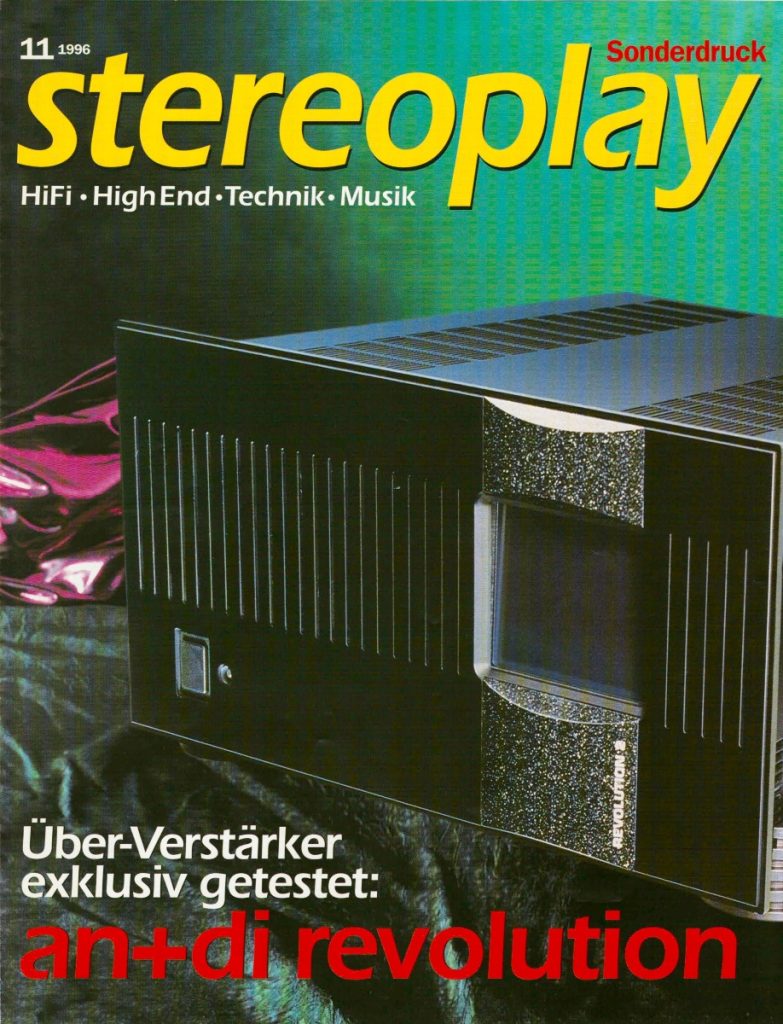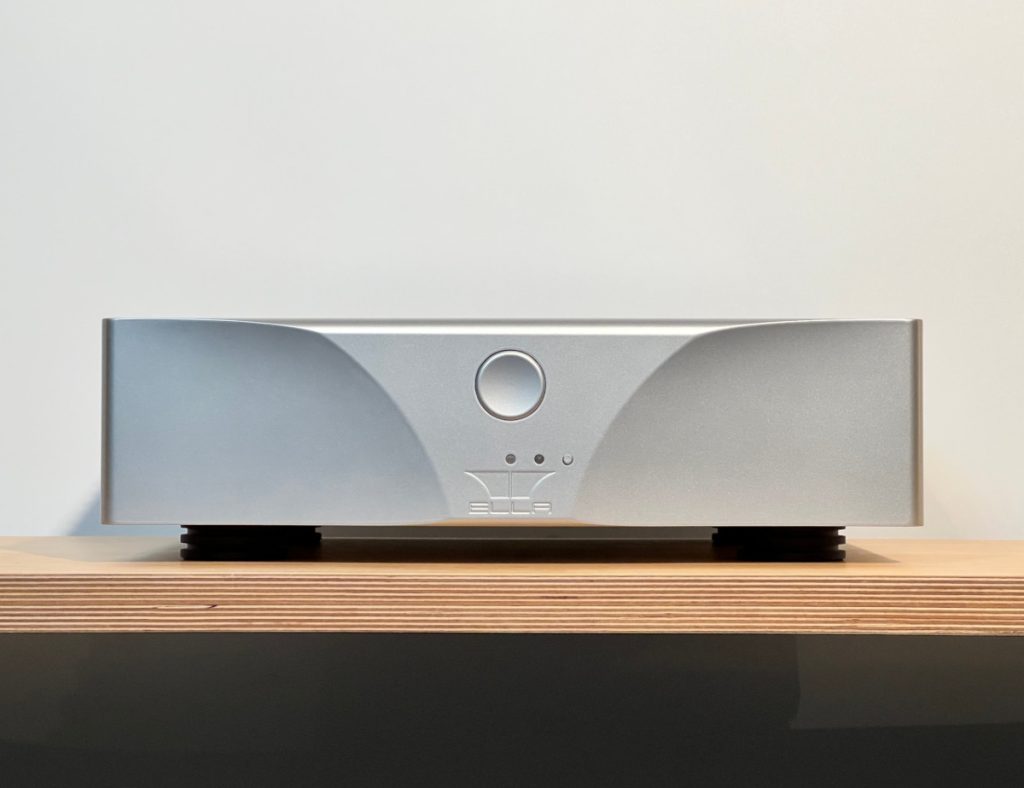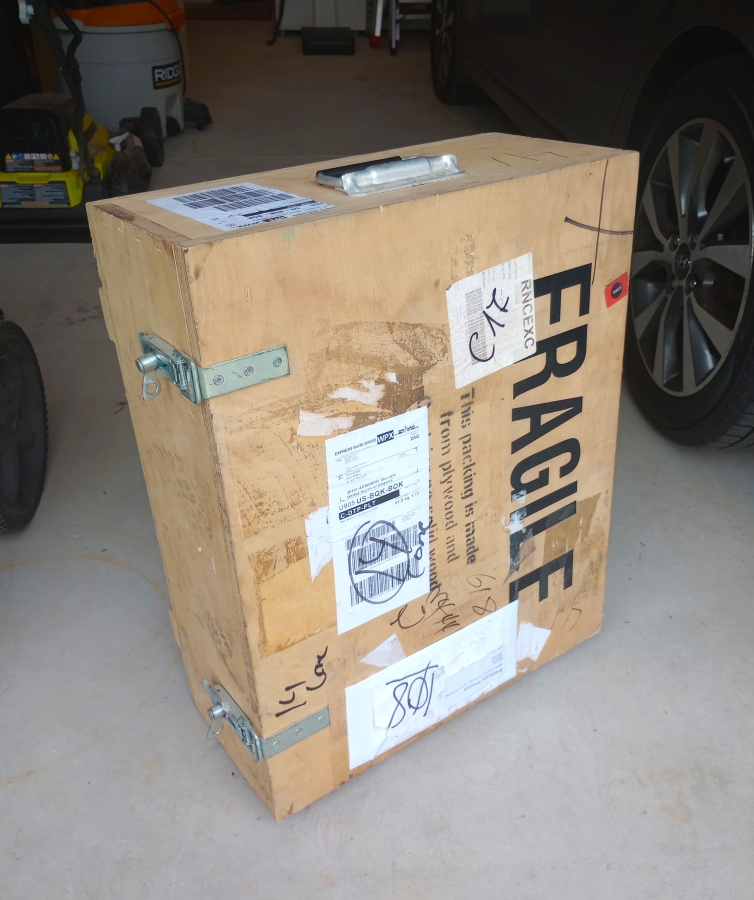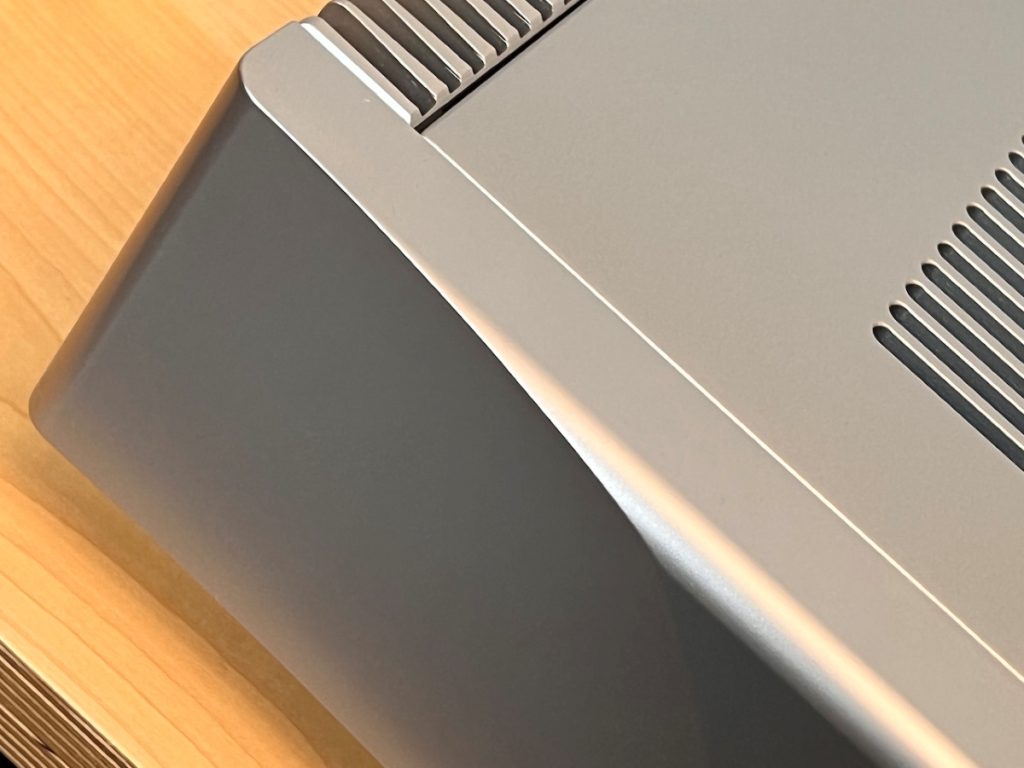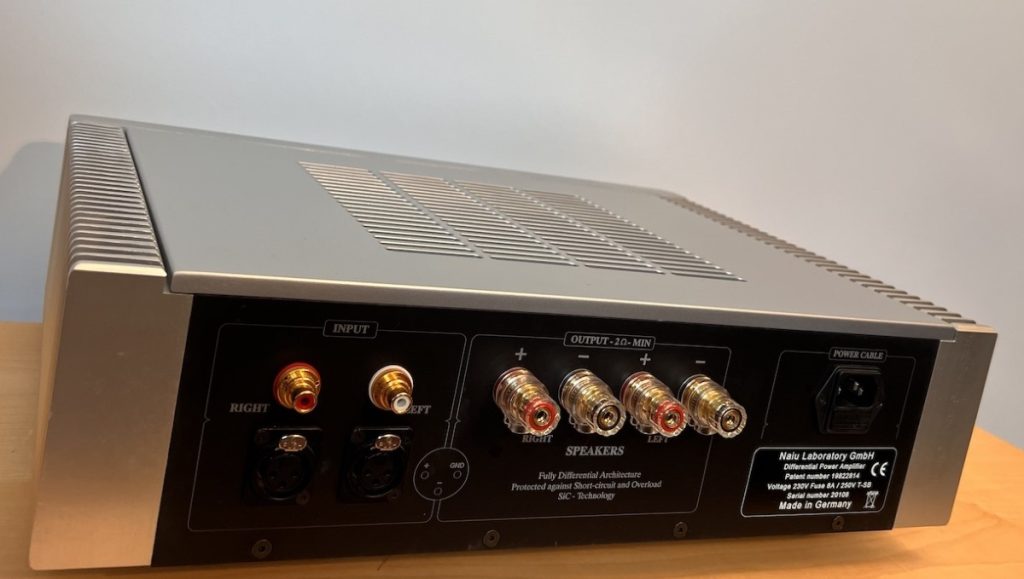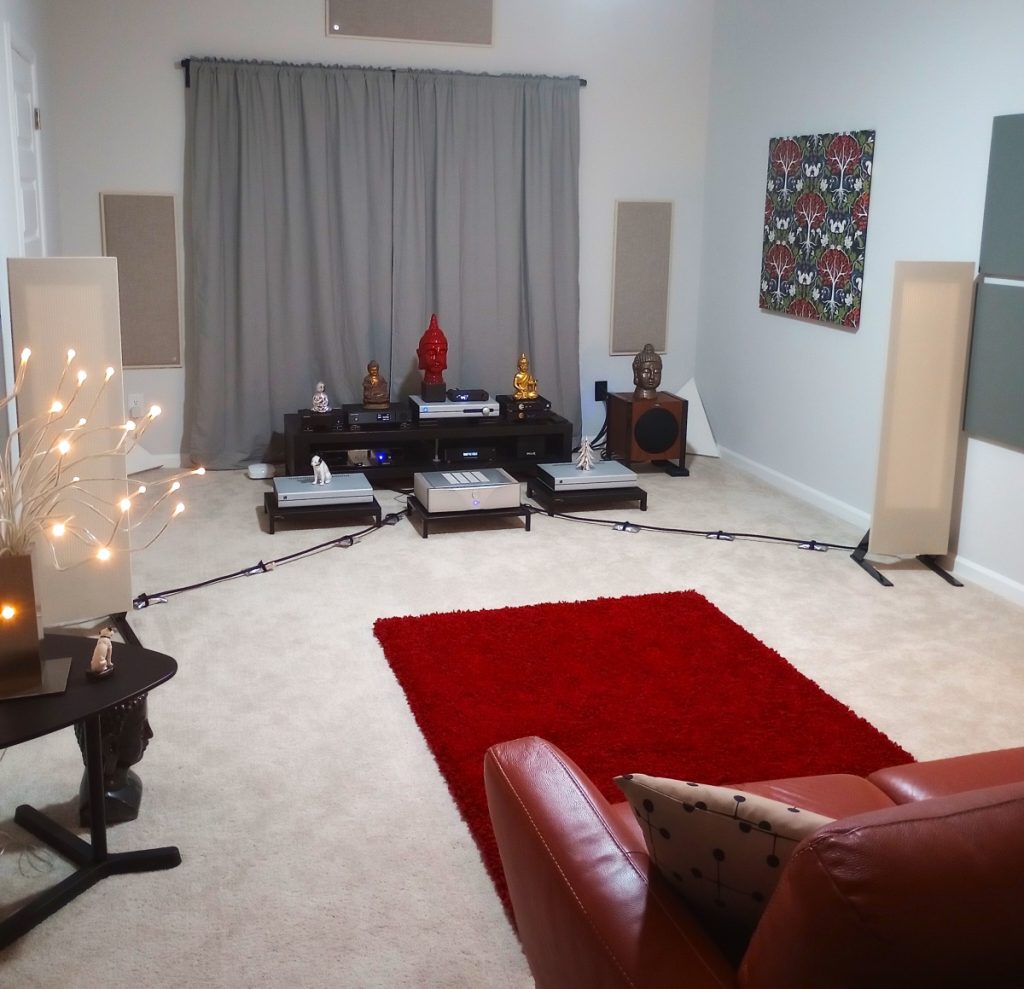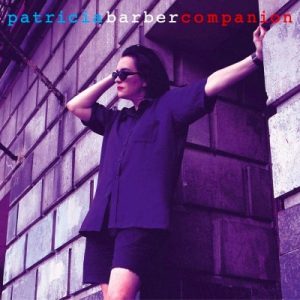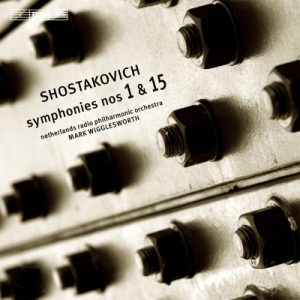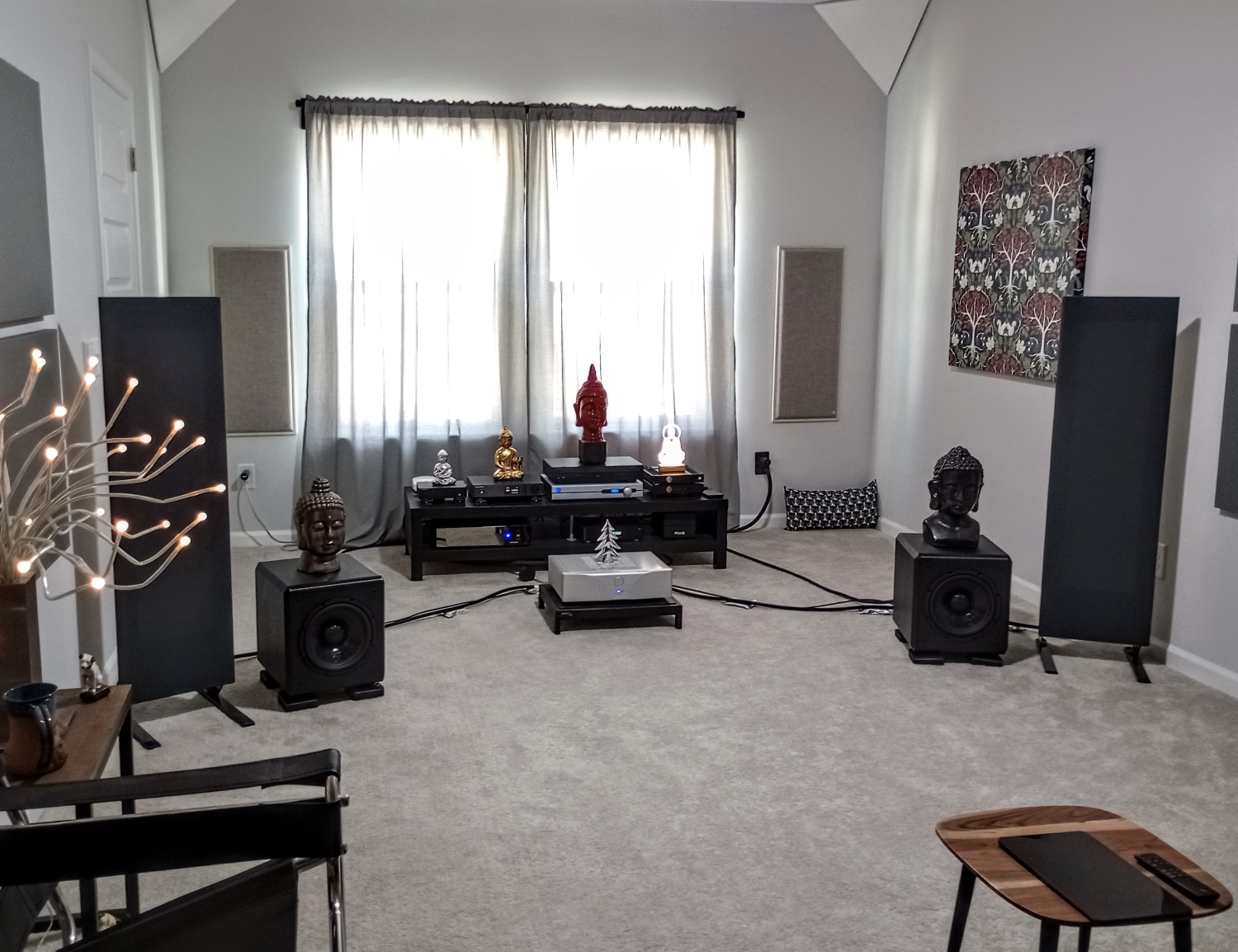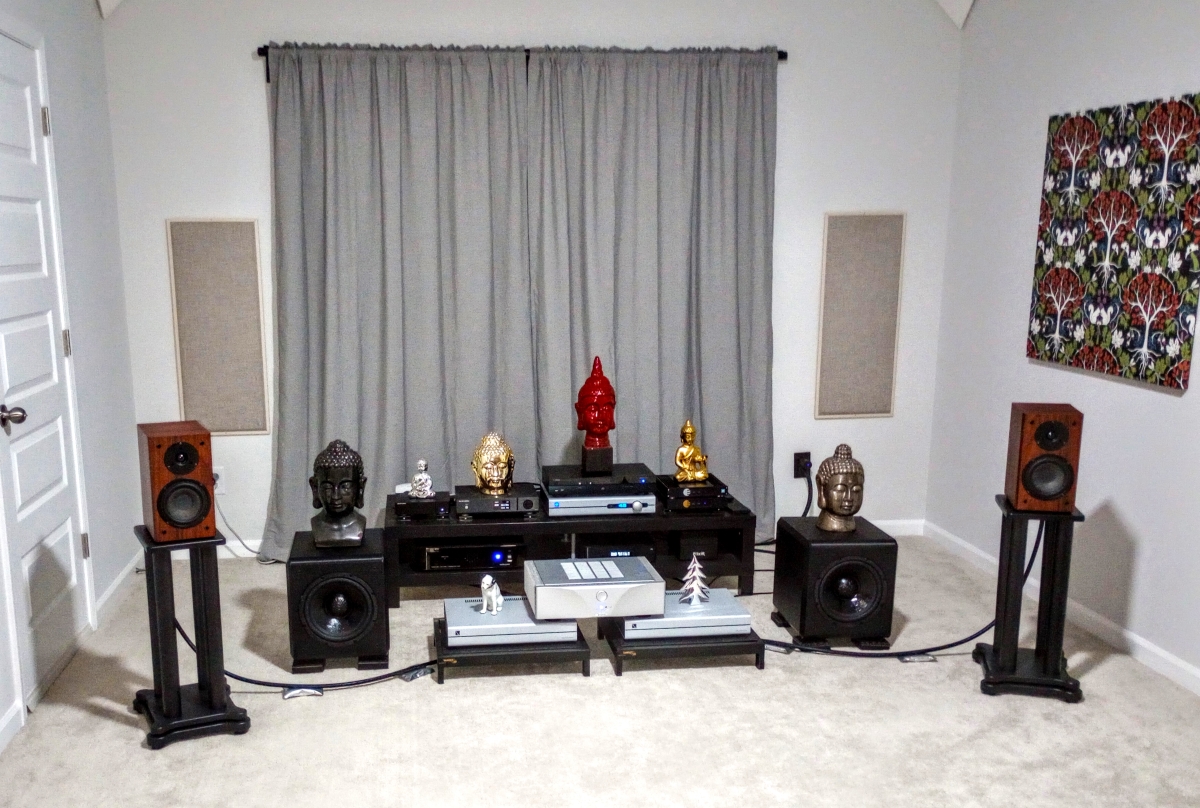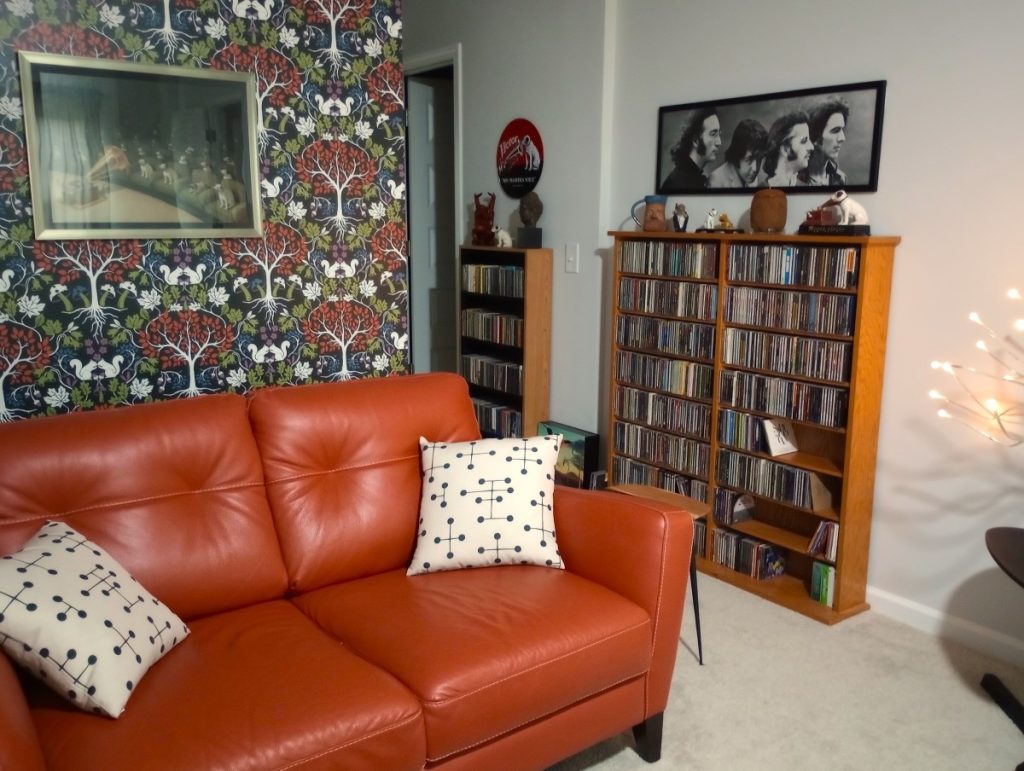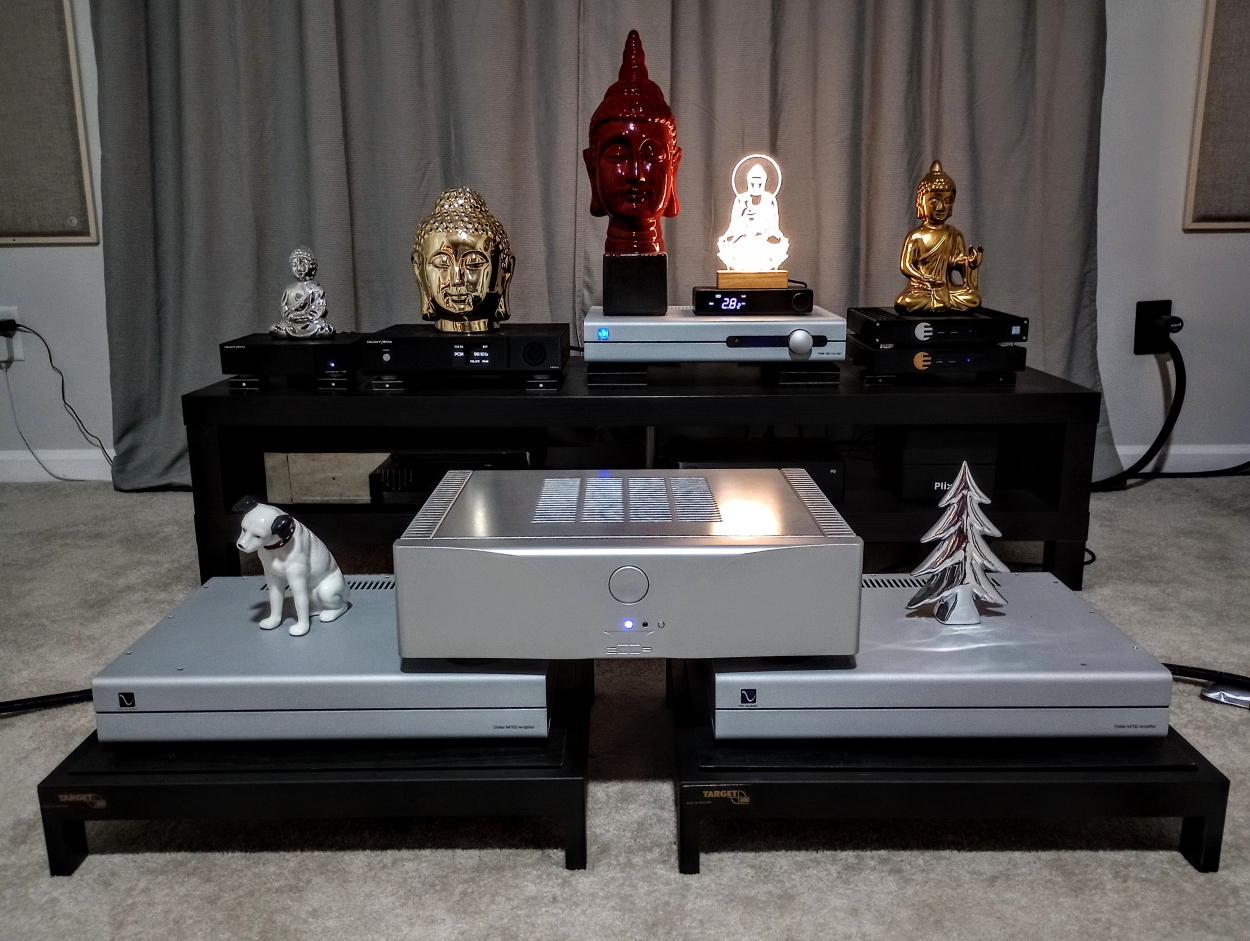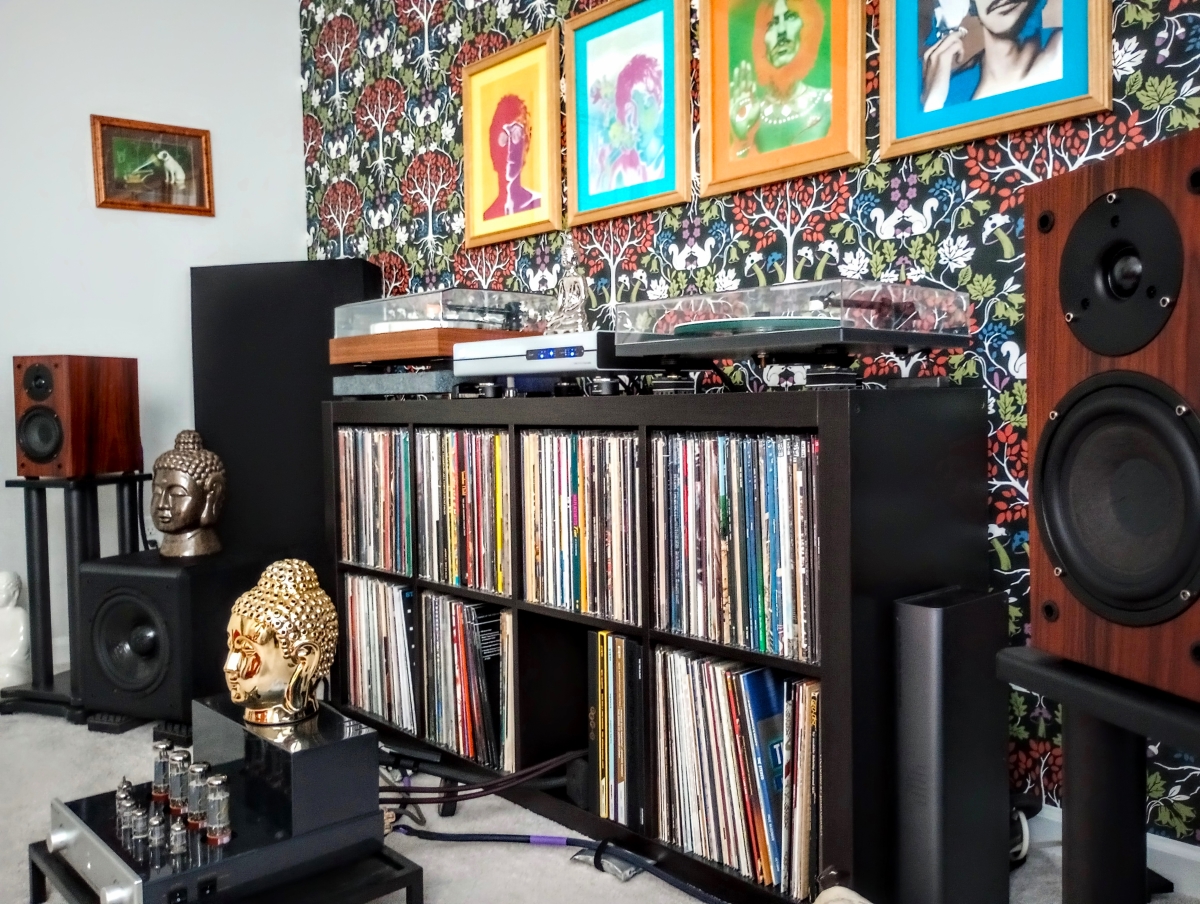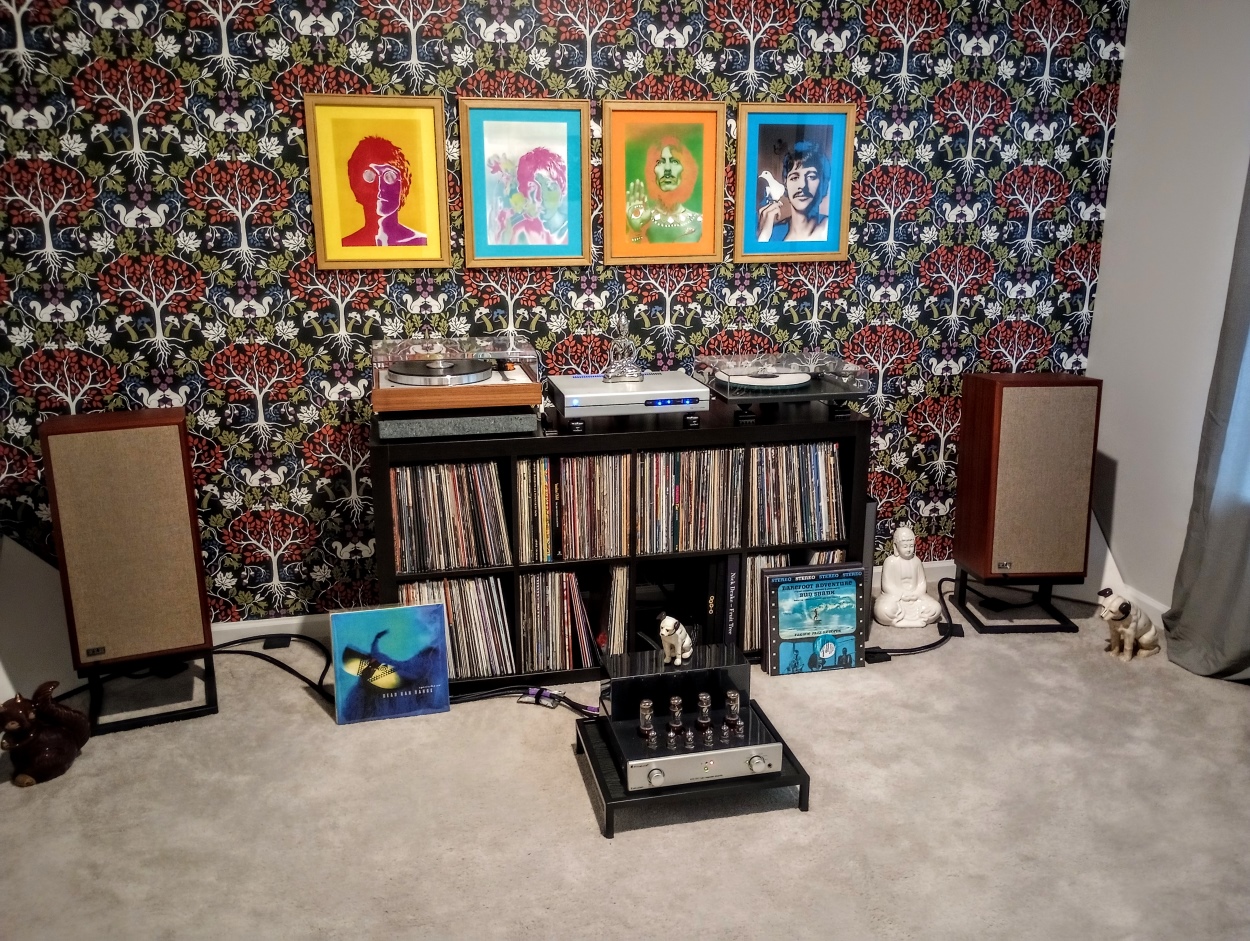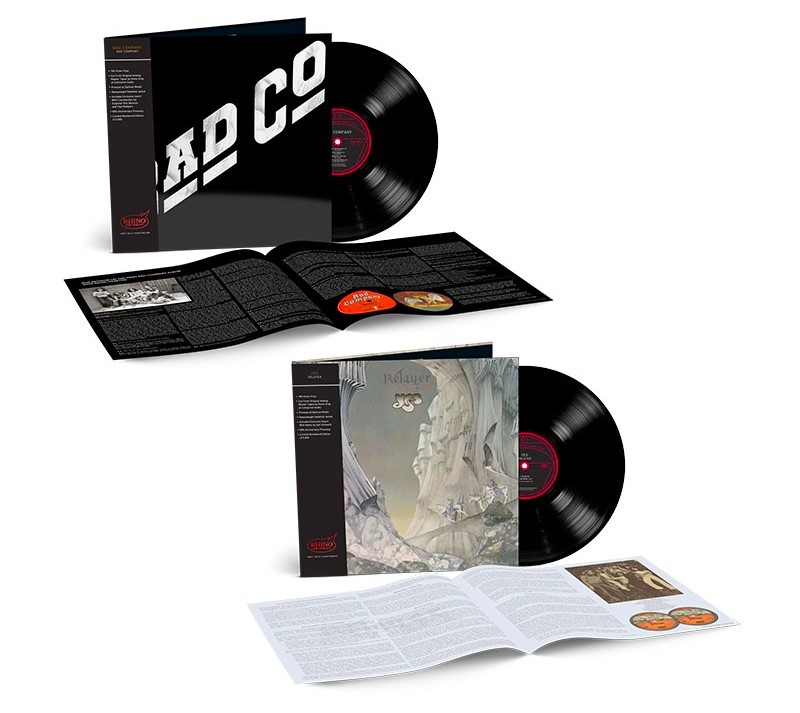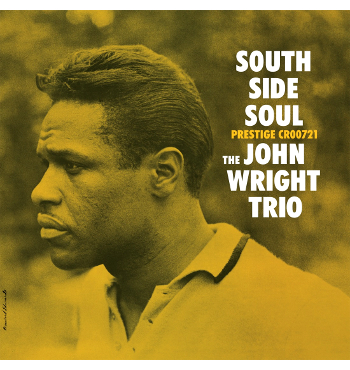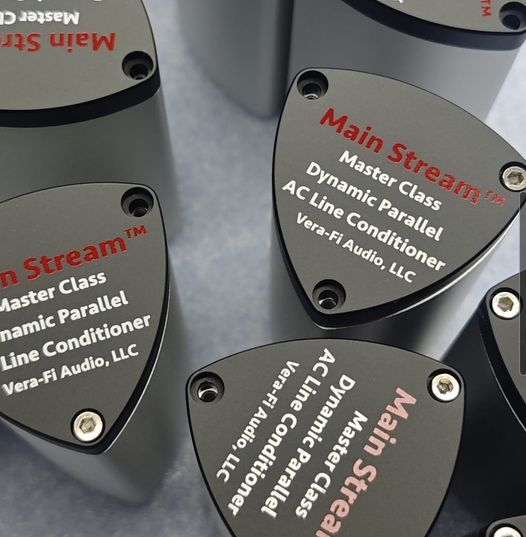Naiu Laboratory is a German-based manufacturer that's been in existence since the late 1990s. It's the brainchild of Mircea Naiu, who also designed the proprietary circuit employed by their only current model, the Ella Mark 3 stereo amplifier. Naiu refers to this technology as Class ND, which is an acronym for "Naiu Digital." Naiu's own Class N design incorporates many of the hallmarks of traditional Class A/AB (linear) amplifiers; when combined with certain attributes of Class D (switching) amplifiers, the hybrid design becomes Class ND¹. Because the Naiu design doesn't neatly fit into any existing amplifier class, Class ND was chosen as a more appropriate descriptor for the amplifier's proprietary technical aspects. Naiu Laboratory assembles all internal components and modules and for the Ella Mark 3 onsite at their facility in Erlangen, Germany.
A Little Background on Mircea Naiu
Mircea Naiu is of Romanian descent; he studied IBM computer technology in Bucharest, and spent much of his working career as an employee of technology giant Siemens. But analog audio was always his first love, and he spent most of his spare time researching amplifier theory and designing new circuits. Naiu encountered significant limitations in seeking to improve existing circuit designs, and around 1990 created a completely new type of amplifier. One that employed a pure A class amplifier with controlled BIAS and several amp circuits synced to work as one; he called this ingenious new design Revolution.
The Revolution 2 got a rave review in Germany's Stereoplay.
Naiu's Revolution was an uncompromising, cost-no-object design, built to be the finest in its class. His initial product offering was conceived as the Revolution 1, with an estimated MSRP of $95,000 DeutschMarks ($53,600 USD), which was a fortune in the early 1990s. Unfortunately, the massive prototypes proved to be unwieldy and much too costly to produce, and were ultimately scrapped in favor of a new design, the Revolution 2, which was half the size and cost of the original. Naiu and two colleagues who'd worked with him on Revolution 1 then left Siemens to found AN+DI in Erlangen, Germany, and focused their efforts on building the Revolution 2 amplifiers. Audio magazine Stereoplay in 1996 called the Revolution 2 the "best of the best," also stating that "[the] Era of standard linear A/AB class audio amplifiers is at its end, with novel and faster designs from Mr. Naiu." At one point, even Mark Levinson expressed interest in licensing the Revolution technology. Unfortunately, sales figures didn't meet projections, and despite several iterations of the Revolution design, AN+DI was eventually forced to file for bankruptcy. More information about AN+DI and Revolution can be found HERE.
Mircea Naiu used the wealth of experience he gained from AN+DI and Revolution in perfecting his next amplifier design. One that built on the foundation of Revolution, but married the advantages of various amplifier technologies into a single circuit; he called the new design Ella.
The Naiu Laboratory Ella Mark 3 Power Amplifier
The Ella Mark 3 came to my attention through one of my contacts at Euphony Audio, Robert Devcic. Robert works alongside Dalibor Kasac at Euphony (located in Croatia), where they've developed what I personally consider to be the most perfectly realized digital audio system for playback, streaming, and library management that currently exists, the Euphony Stylus OS. My home system incorporates the Stylus OS into Euphony's dual-box, turnkey Summus and Endpoint system, which offers a truly elegant digital music playback solution. In addition to his involvement with Euphony Audio, Robert is also the distributor in Croatia and Slovenia for Naiu Laboratory. But his involvement goes much deeper than simple distribution of the Ella amplifiers; Robert and his company spent three years assisting with engineering the latest circuit upgrades that resulted in the Ella Mark 3. Robert believes that Ella Mark 3 offers a level of performance and build quality comparable to more prominent amplifier designs that sell for 3x Ella's price point.
I use the Magneplanar LRS+ loudspeakers in one of my home systems, and many of my reviews have referenced how amplifier-sensitive Maggies tend to be. I've regularly had problems with amplifiers running out of gas and even triggering their protection circuits when attempting to drive Magneplanar models. Robert Devcic also distributes the Magneplanar brand and has a significant level of experience with them. He fully understood my situation, and offered what he considered to be the perfect amplifier for me: the Naiu Laboratory Ella Mark 3. I'd been running my Maggies with Class D amplifiers from manufacturers like PS Audio and Bel Canto; Class D amps generally have the brute strength and current to handle difficult loads like the LRS' low-ish 2.8 ohm resistance. Ella, rated at 400 wpc into 4 ohms and 800 wpc into 2 ohms(!) appeared to have the right stuff, and being (from all appearances) a Class D hybrid, should be able to step right in and drive the Magneplanar LRS+ loudspeakers effortlessly. I told Robert I was definitely interested!
With (1) no printed information available, (2) only a limited number of somewhat conflicting reviews currently online, and (3) Naiu Laboratory's own bare bones website under redevelopment at the time, I had precious little to go on in terms of information or expectations while Ella was being delivered to me from Croatia. I'd recently had the Bel Canto e1X Class D amplifier ($6200 USD, 500 wpc into 4 ohms, stable into 2 ohms) in my system for over a year. It's a superb Class D amplifier with tons of stable, musical power. Unboxed, it weighed less than 15 lbs, which was astonishing for a full-sized audio component; I was expecting something along the lines of the e1X to appear for this review.
The Ella Mark 3 Arrives
When the Naiu Ella arrived, my wife called me at work: "Were you expecting a package? It's in this massively heavy wooden crate that I can't even budge!" When I arrived home, I was shocked to discover that the shipping crate weighed 75 lbs; it had steel hinges, with a heavy steel post and clasp configuration that was wired shut with multiple turns of copper Romex. The steel posts had gotten bent during the shipping process, and I eventually had to use a hammer to straighten them to the point where they'd release the clasp. After removing the amp from the packing crate, it still weighed a substantial 45 lbs! In comparison, my PS Audio Stellar M700 monoblocks (Class D, 700 wpc into 4 ohms, stable into 2 ohms) barely weigh 33 lbs for the pair. I started to seriously question the "Class D hybrid" label that was floating around inside my head.
Ella packed in its wooden shipping crate was monstrously heavy!
A few emails from Robert Devcic helped clear up my confusion: Ella is much more of a Class A/AB linear amplifier design, and is not a Class D amplifier. Robert provided the following information to help describe Ella's circuit design (I've taken the liberty of paraphrasing it):
"The Ella Mark 3 is not a Class D amplifier, it's a linear Class amplifier with a novel circuit design and an impulse-driven, tracking power supply similar to those used in Class D amplifiers. The amplification circuit is purely analog, and the Ella is capable of producing high output power from a single linear element. A large part of Naiu's magic in the Ella comes from the proprietary tracking power supply, which eliminates all excess power returning from the loudspeaker. In theory, a single linear output element rated at 150 watts (power handling) can steer current up to 30 amps, provided the tracking power supply can keep the voltage drop on the device at 10 volts. Ella's proprietary Class ND linear circuit is actually capable of supplying 30 amps to the loudspeaker load, and with only a single physical output element! The amplification process can be compared to that of a single-ended triode tube amplifier, but one which is delivering 800 watts into a 2 ohm load (compared with a 300B SET, which delivers only a couple of watts into an 8 ohm load).
"Ella employs a relatively simple output structure; the signal and control network is short and fast, resulting in an amplifier circuit that's accurate, powerful, and lightning fast—without the need for massive heat sinks and multiple output elements. The AC to DC power supply capacity is 4 kW, and feeds two amplifying modules; peak output power exceeds 2 kW for a single channel. Distortion (THD+N) is a low 0.0056 percent, and exhibits no significant variation whether delivering 1 watt or 800 watts to the loudspeaker load. Ella produces a flat frequency response through the entire audio range, and is able to amplify small amplitude signals up to 1MHz. Phase shift between the input and output signals is a negligible 0.02 degrees at 20 kHz and nonexistent at 20 Hz. And Ella is capable of amplifying square waveforms in the audio band without any noticeable degradation. The result is an amplifier capable of offering full music enjoyment with all loudspeakers, regardless of their sensitivity."
Whoa…that was a mouthful! So I'll translate: the Ella is a linear Class amplifier that employs a simplified and unique circuit that's ridiculously fast and more akin to a 300B single ended tube design. It features a proprietary, Class D-like power supply, outputs tons of clean, accurate, musical power, and is virtually indestructible! And like Class D amplifiers, the Ella is exceptionally efficient, and resides in Class A mode throughout much of its range without the excessive heat generated by Class A designs. Let me repeat…Whoa!!
Ella Mark 3 Boasts Significant Design and Technical Improvements
The Naiu Laboratory Ella is the result of decades of research and development by Mircea Naiu. The Mark 3 is the third iteration of Naiu's original Ella design, and features considerable enhancements in appearance (over the Mark 1 version) and performance (over each preceding version). The Mark 3 version features an aluminum exterior, with a sculpted face plate and extruded heat sink fins along the sides of the case; all surfaces sport a really smart-looking enameled coating. My review unit arrived in the silver option (black is also available), and it's strikingly beautiful; construction wise, the fit and finish of Ella is exceptional. I particularly like the large front panel power switch, which is a nicely ergonomic touch. The current Ella Mark 3 has gone from the workmanlike appearance of the original version to a truly elegant design statement that's projected by a much more refined countenance.
Along with Ella Mark 3's pretty face, the most important improvements are those that have been made to the amplifier's proprietary circuitry—Naiu Laboratory has invested a lot of time in making an already good amplifier even better. The biggest effect has been a lowering of the amp's second harmonic distortion, which has helped to add a measure of warmth to Ella's overall sound. Distortion (THD+N) has been lowered from 0.02 percent in the Mark 1 version to 0.0056 percent in the current version, while still retaining the Mark 1's ability to deliver the amplifier's stated power into any loudspeaker load. Ella features a bandwidth rating of 1MHz across the frequency range, even at 20kHz. There's no phase error or group delay at any frequency, and Ella features a signal rise of 40 nanoseconds, all of which are exceptional specifications for any high-end amplifier from any manufacturer, and at any price point.
Ella's rear panel features the usual connections, but with some unusual WBT terminals!
The Ella Mark 3 features both balanced and single-ended inputs, and sports a single set of WBT-style speaker terminals. The terminals have a unique molded collar with a defined spade lug insertion point that helps secure the spade lug tightly to the post. Ella is rated at 400 wpc into 4 ohms and 800 wpc into 2 ohms, and has a damping factor of greater than 800. And Ella is reasonably compact for a full rack-sized component, measuring 17.3 inches wide x 12.8 inches deep x 4.3 inches tall, and weighs in at 45 lbs. If Ella's power supply featured the kind of massive toroidal transformer(s) and heat sinks that would typically be seen in a Class A/AB amplifier capable of this kind of brute force wattage specifications, a much larger and significantly heavier outer case would likely have been required. Thank God that's not the case (pun intended!)—Ella is about at my weight limit to comfortably Sherpa from room to room!
Robert Devcic has reminded me on several occasions that the Ella Mark 3 is literally bulletproof and virtually indestructible; there's never been a failure in the field with any version of the amp that's ever been manufactured. An exceptional level of circuit protection has been designed into Ella, such that the amp even appears safe from a full short at the output terminals! Trust me, I've blown amps—you don't want to go there!
Use and Listening Tests
If you click on my name in the header, you can see the equipment I used throughout the review process. I recently acquired the excellent Topping E70 Velvet DAC, which features a pair of the latest top-of-the-line AKM AK4499EX DAC chips (AKM's production came back online mid-2022). The E70 Velvet presents digital music (especially DSD files) with an exciting level of transparency and musicality in combination with the already outstanding Euphony gear. And I've had the Ella Mark 3 amp set up in my larger listening room for several months now, connected to the Magneplanar LRS+ loudspeakers. I used an AudioQuest Blizzard w/DBS AC cable to provide power to the Ella Mark 3, and the entire system used balanced connections throughout. Since the origins of this review came from Robert Devcic's interest in my impressions of the Ella with my Magneplanars, this was the logical place to start. A word of note: while the Ella Mark 3 doesn't generate the kind of heat an amp that's biased into pure Class A does, it gets somewhat warm to the touch with extended listening. In my experience with Ella, it sounds a bit cold from startup, and needs time to reach its normal operating temperature to achieve the ultimate in sound quality.
My digital setup, featuring equipment from Euphony Audio, Topping, Gustard, and PS Audio.
The Magneplanar LRS+ is a significant upgrade from the original LRS. At first glance, there didn't appear to be any obvious differences between the LRS and the LRS+, but a closer inspection revealed subtle changes. For example, the LRS+ has a somewhat thinner panel construction versus the original model, but maintains the original's fairly robust structural rigidity. Removing either model's full-length fabric covering is impractical, making it difficult to examine and compare any differences between the two models. But with extended listening, it's easy to see (and hear!) that the differences are much more than simply cosmetic². The LRS+ offers improved dynamics and power handling, and projects a stereo image that displays a significantly greater degree of realism than the original LRS. Even though the LRS+ is Magneplanar's entry level offering, it's a fully-formed high-end loudspeaker, and when paired with a statement amplifier, is capable of presenting a truly compelling musical experience. The Ella Mark 3 definitely belongs to that class of amplifiers.
I run the LRS+ full-range in combination with a REL T1 subwoofer, and no crossover is employed between the loudspeakers and the sub. For this review, the Ella Mark 3 powers the LRS+, and the signal for the REL sub is derived from Ella's speaker terminals via REL's speakon cable connection. The LRS+ is flat to about 50Hz, and the REL takes the bottom octave downwards to around 30Hz; the quickness of its woofer makes it an excellent match for the LRS+. I have the LRS+ mounted to a pair of Robert Raus' Magna Riser stands, which gets their panels vertical, greatly improving their room response and dispersion qualities. The LRS+/REL configuration makes for a satisfying musical combination, and even more so with the Ella Mark 3 in the equation. I've been running the PS Audio Stellar M700 monoblock Class D amplifiers interchangeably with the Naiu Ella for months now, and it's an interesting study in contrasts when switching between the two amps. The M700's (700 wpc/4 ohms) are perfectly capable of providing the level of power and current the Maggies crave to be able to perform at their peak. Switching in Ella (500 wpc/4 ohms) makes almost no change in the perceived volume level—that surprised me more than just a bit.
But a HUGE change is obvious in terms of clarity and musicality; Ella portrays the music with a greater sense of air and delicacy. There's more delineation of the individual instruments, and voices are more solidly focused in the soundstage. With Ella powering them, the LRS+ are imbued with a greater degree of warmth; they seem a tad more sterile when connected to the M700s. The LRS+ loudspeakers also seem to more completely "disappear" into the soundstage with Ella in the mix. I have the LRS+ widely spaced in the room, and with a great amplifier, they tend to cast an image that stretches between and behind the loudspeakers. That effect is literally on steroids with Ella Mark 3, and the listener almost loses any sense that loudspeakers are even present in the room.
Choosing a really superb recording is key to experiencing Ella's goodness. A great example is the DSD 64 .dsf rip of Harry Connick, Jr's 1990 album We Are In Love (Columbia/Sony - SACD), especially the track "A Nightingale Sang in Berkeley Square." The album features a jazz quintet with an orchestra on many of the tunes, but on "Nightingale," you only hear Harry Connick's voice, Branford Marsalis' tenor sax, and Benjamin Jonah Wolfe's acoustic bass. The tune opens with Wolfe's bass intro to the left of the soundstage, then Connick's perfectly centered vocal enters with astounding realism, followed by Marsalis' sax, softly blowing to the right. Marsalis' sax takes over at the song's bridge, and produces a solo that's presented with astonishing fidelity. The tune that follows, "Heavenly," opens with only Connick's voice, which is soon joined by a chorus of voices—many of them Connick's own voice multitracked—that simply float across the soundstage around and behind Connick's voice in the forefront. It's a stunning effect, and makes for truly entertaining listening; at no point in either of these songs do the Maggies call attention to themselves, they're literally invisible in the room! No other amp I've tested with these loudspeakers is capable of rendering this exceptionally well-recorded music with the level of absolute realism the Ella Mark 3 gives it.
This is not to say that my PS Audio M700's aren't great amps—they're excellent amps, especially at their relatively modest $3498/pair MSRP. And they have the requisite power and vanishingly low distortion to precisely control the motion of the finicky Magneplanar panels. But as is typical in high-end audio, you generally have to double or triple the price point to achieve the small measure of goodness that lifts one particular product's performance above another's. The Ella Mark 3 has that elusive "mystery ingredient," and I'm guessing that their proprietary power supply has a lot to do with Ella's superb clarity and musicality. When I reviewed the Bel Canto e1X amplifier for Stereophile a few years ago, the amp's designer, John Stronzcer, told me that their power supply design was absolutely key to the amp's effortless power reserves, exceptional midrange clarity, and supremely musical presentation. I described the e1X's musical performance as almost technicolor in comparison to the other amps I connected to the original LRS in that review. That experience eerily parallels what I've been hearing with the Ella Mark 3 and the LRS+ in terms of Ella's remarkable transparency and musical purity; replacing Ella with the M700's makes the music slightly less vivid, and a shade more monochromatic.
Running the LRS+ loudspeakers full-range can occasionally be a bit problematic, because the flat mid-bass panels aren't capable of much linear excursion. Still, the panels are rather large, and can exert enough sound pressure to generate adequate bass response (down to 50Hz) with most music. I do enjoy having the extra octave of bass the subwoofer provides, but certain performances with pronounced levels of upper-register acoustic bass can overload the Maggie mid-bass panels. Effectively inhibiting their ability to correctly produce the upper bass registers without excessive panel flexure and its accompanying distortion. A recording that displays particularly good acoustic bass is Patricia Barber's 1999 album Companion (Impex Records - 24K CD), which was recorded live by engineer extraordinaire Jim Anderson. Throughout the album, Michael Arnopol's bass playing plumbs the depths, which are mostly handled by the REL sub, but there's also significant upper register bass information. It takes an amplifier with superb control to get the LRS+ to play this without any panel distortions—especially at reference sound pressure levels—and the Ella Mark 3 is definitely up to the task. Powered by the Ella, the LRS+ were able to replay Arnopol's bass with a level of finesse and articulation that might have eluded them with a less capable amplifier.
Another outstanding album that shows the Ella at its very best is the DSD 64 .dsf rip of the 2013 Shostakovich Symphonies Nos. 1 & 15 (BIS - SACD) that features Mark Wigglesworth conducting the Netherlands Radio Philharmonic Orchestra. In the second movement "Allegro-Meno mosso," the orchestra alternates between crushing percussive crescendos and delicate passages featuring massed strings and woodwinds—you can literally pick the positions of the individual instruments from within the soundstage. The tympani, percussion, and piano in the crescendos are staggeringly impressive and shake my home's foundation, but the Ella with LRS+ duo never shows any signs of strain at any point. For most of my listening, the PS Audio Stellar preamplifier's volume display is typically set at a level somewhere around 40-50 on the scale, but with this performance, I can turn it up to 80 or higher without stressing the amp or loudspeakers. The level of realism of the Netherlands Radio Philharmonic actually playing in your listening room is simply stunning! It's astonishing, to say the least, and another telling example of the extraordinary level of control the Ella Mark 3 exhibits over the LRS+.
Conclusion
The Ella Mark 3 amplifier continually impressed me with every aspect of its performance throughout the review process. It's not inexpensive, but in terms of a cost-no-object, perfectionist high-end system, it's a relative bargain. And Ella's performance has been flawless, delivering blacker-than-black backgrounds with an impressively low noise floor, and a level of transparency and musicality that sets a new reference for my system. The level of power and control offered by Ella has been a revelation in my day-to-day listening experiences.
Robert Devcic and I have shared a number of exchanges over the last year about the kind of amplification needed to effectively drive Magneplanar loudspeakers, and we basically agree to disagree about this. I've owned seven different pairs over a forty-year period, but hadn't had a pair of Magneplanars in my system for almost a decade until around 2005. I'd just acquired a new Emotiva XPA2 amplifier (250 wpc/8 ohms, 500 wpc/4 ohms), which was a really robust Class AB amp, and on a lark I also bought a second-hand pair of Magneplanar MMGs³ on Audiogon. While driving them at fairly normal sound pressure levels, I happened to notice that the row of LEDs on the XPA2 was flickering yellow, meaning the amp was very close to maximum output. The MMGs were barely playing at anything approaching reference levels, but were taking peaks of 500 wpc (or more!) to produce the SPLs they were outputting. That was an eye-opener, to say the least!
Robert told me that as he sees it, Magneplanars are a fairly easy load to drive; tell that to the manufacturers of the power amps I've blown driving the original LRS! Besides, if Robert has been powering his Maggies with a beast of an amp like the Ella Mark 3, that totally explains his impression. When I saw the 800 wpc into 2 ohms specification for Ella, I had no doubt that Magneplanars would respond well to this amp, but I also never dreamed the combination would become a new musical reference for me. I can't offer a sufficient level of praise for the Ella Mark 3 that reflects how very impressed I am with this amplifier; Ella has seemingly limitless power and finesse, and will certainly drive any loudspeaker load that exists. And Ella possesses a level of musical purity that has to be experienced to get the full measure of its goodness. Very highly recommended!
Ella Mark 3 Class ND Stereo Amplifier
Retail: $11,025 USD
Naiu Laboratory
All photos provided by Naiu Laboratory and the author
¹ For clarification, Class D amplifiers are "switching" amplifiers, and are not "digital."
² I have it on good authority that Magnepan is test marketing new panel technology with the LRS+ to gauge its acceptance before introducing it with other models.
³ I heavily modified the crossovers on the pair of MMGs after acquiring them, and ended up spending more on the crossover parts than I did on the loudspeakers!





